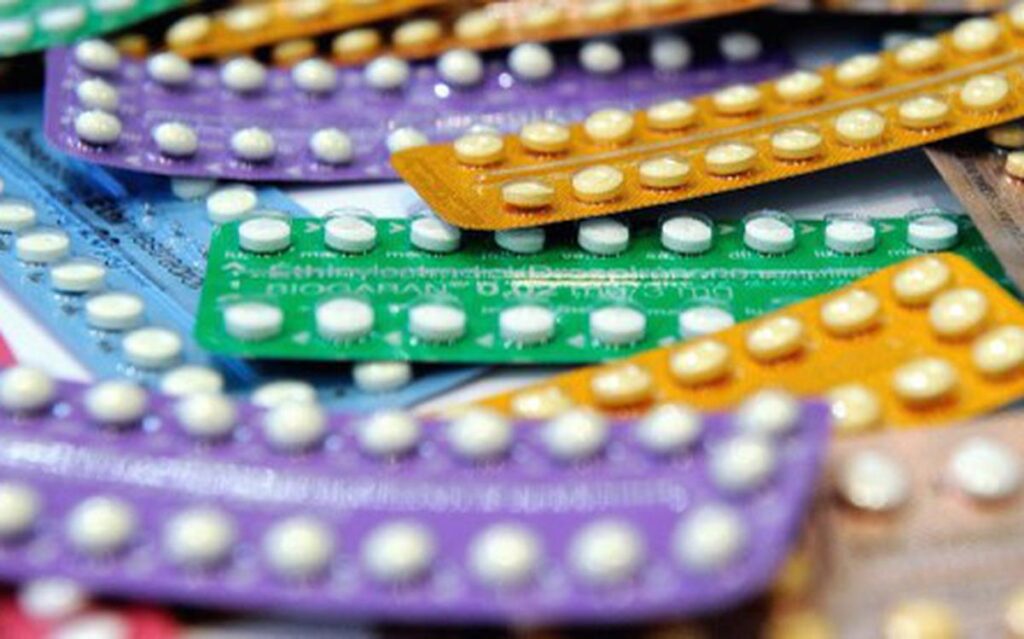
Study Finds 16 Crore Women Globally Have Unmet Contraception Needs
More than 16 Crore women and adolescents with the need to prevent pregnancy from fixed without contraception in 2019, although there has been a major increase in the use of the global level since 1970, according to a study published in The Lancet Journal.
Expanding access to contraception related to women’s social and economic empowerment and better health outcomes and is the main goal of international initiatives, and indicators of Sustainable Development Objectives (SDG), researchers said.
The use of contraception is also related to the reduction of maternal and neonatal deaths by preventing unwanted pregnancy, they said. Based on data from 1,162 reported representative surveys about the use of women’s contraception, researchers used modeling to produce national estimates from various family planning indicators.
Women are defined as need contraception when they are married or if they are not married, are sexually active, able to get pregnant and do not want children in two years, or if they are pregnant or have just given birth but prefer to delay or prevent their pregnancy.
Researchers note that throughout the world, the share of women reproductive age using modern contraception increased from 28 percent in 1970 to 48 percent in 2019. Demand meets up from 55 percent in 1970 to 79 percent in 2019.
Apart from the big increase, 163 million (more than 16 crores) women who currently do not use contraception are considered to have needs in 2019, from 1.2 billion (more than 100 crores) women who need total contraception, they said.
“Even though we have observed a very good step in the availability of contraception since the 1970s at the global level, there is still a long way to ensure that every woman and girls can benefit from the contraception of economic and social empowerment that can be offered,” said Annie Haakenstad , from the Institute for Health Metrics and Evaluation (IHME), University of Washington, USA.
Our results show that where a woman lives in the world and their age still has a significant impact on the use of contraception, Haakenstad said. In 2019, the availability of contraception is still significantly different between regions and in various countries.
Southeast Asia, East Asia, and Oceania have the highest use of modern contraception (65 percent) and satisfied demand (90 percent), while sub-Sahara Africa has the lowest use of modern contraception (24 percent) and satisfied demand (52 percent).
Between countries, the level of use of modern contraception ranges from 2 percent in South Sudan to 88 percent in Norway. The highest -met needs in South Sudan (35 percent), the Republic of Central Africa (29 percent), and Vanuatu (28 percent) in 2019.
“The higher need among teenage women who partner represents the risk of unwanted pregnancy, which affects the next socio -economic empowerment of these groups,” said Manas Ranjan Pradhan, from the International Institute of Sciences, Mumbai.
“The sociodemographic index affects MCPR (the level of modern contraceptive prevalence) and demands satisfaction among adolescents, perhaps because of great inequality based on socioeconomic status and access to health care services,” said Ranjan, who was not involved in this study.
Family Planning Initiative 2020 (FP2020) set the goal of increasing the number of women who use modern contraception by 120 million between 2012 and 2020 in 69 priority countries, researchers said. This study estimates that the number of women using contraception increases 69 million (6.9 crores) between 2012 and 2019 in these countries, leaving the initiative of 51 million (5.1 crores) less than achieving their goals if this level remains unchanged in the year 2020, they said.
This study found that, compared to other groups, women and adolescents in the age group 15-19 and 20-24 had the lowest level of demand that were met globally-estimated 65 percent and 72 percent respectively. Those aged 15-24 consist of 16 percent of the total needs but 27 percent of the needs that are not met-a total of 43 million (4.3 crores) young women and adolescents worldwide do not have access to contraception they need in 2019, According to the researchers.
The biggest gap globally is among young women who are married, they said. “What is important, our research is asking attention to young women who are too represented among those who cannot access contraception when they need them,” Haakenstad said.
“This is the woman who stands the most to get from the use of contraception, because delaying having children can help women stay in school or get other training opportunities and to enter and maintain paid work. “This can lead to social and economic benefits that survive throughout women and is an important driver of greater gender equality,” the researcher added.




